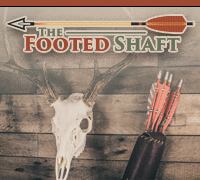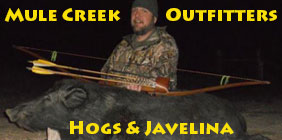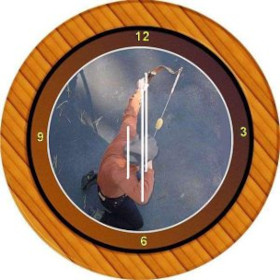Another factor is that the lower the brace height, the longer - time - the forward traveling arrow is under the influence of the limbs, because the limb tips are able to travel farther forward.
If you increase the brace height, by shortening the string, and your draw length remains a constant, the limb tips are now farther back at release, but come to a halt sooner. So even though the arrow's forward travel may begin at a faster speed it gains forward inertia for a shorter period of time.
All sorts of gadgets would be necessary to determine where the laws of diminishing/increasing returns are a benefit or a deficit.
Or - just adjust until it's quiet.














